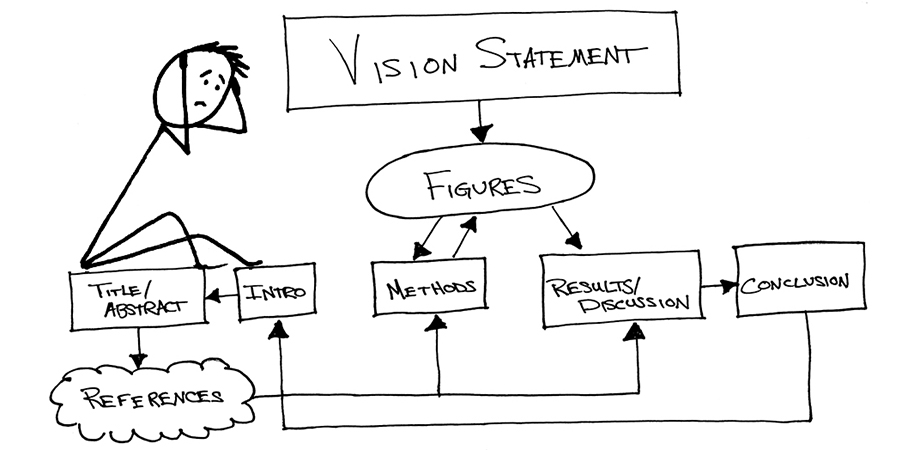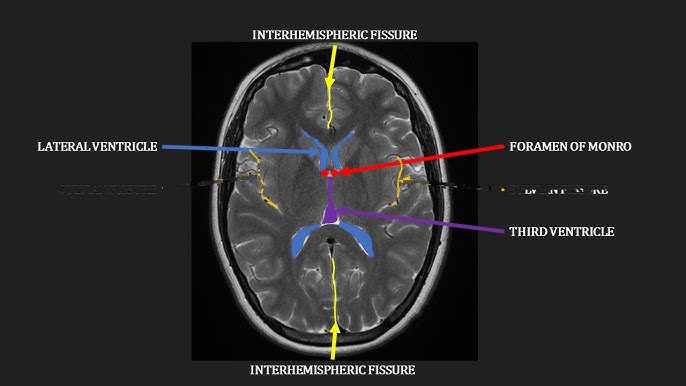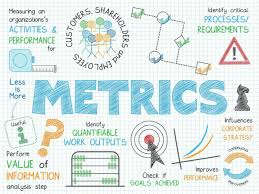Introduction: Product testing is a critical phase in the product development lifecycle, serving as a means to validate product performance, functionality, safety, and usability. By systematically evaluating products through various tests and trials, businesses can identify and address potential issues, ensure compliance with standards and regulations, and ultimately deliver high-quality products that meet or exceed customer expectations. In this extensive guide, we’ll explore the step-by-step process of conducting product testing, covering everything from planning and preparation to execution and analysis, ensuring that you can navigate the complexities of product testing with confidence and precision.
Understanding Product Testing: Product testing encompasses a range of activities aimed at assessing the quality, reliability, and performance of a product under different conditions and scenarios. These tests may include mechanical testing, durability testing, performance testing, usability testing, safety testing, and compliance testing, among others. The goals of product testing are multifaceted: to identify defects or weaknesses, verify compliance with specifications and standards, validate design choices, optimize performance, and enhance user satisfaction.
Key Principles of Product Testing: Before diving into the specifics of product testing, it’s essential to understand the key principles that underpin effective testing practices:
- Clear Objectives: Define clear and specific objectives for product testing, outlining the goals, scope, and criteria for success. Align testing activities with business goals, customer requirements, regulatory requirements, and industry standards.
- Systematic Approach: Adopt a systematic and structured approach to product testing, following standardized methodologies, procedures, and best practices. Develop test plans, protocols, and checklists to ensure consistency, repeatability, and traceability.
- Risk-Based Testing: Prioritize testing efforts based on risk assessment and impact analysis. Focus on areas of the product that are critical to safety, functionality, performance, or compliance, allocating resources accordingly.
- Cross-Functional Collaboration: Foster collaboration and communication between cross-functional teams involved in product development, testing, and quality assurance. Ensure that stakeholders from engineering, design, marketing, manufacturing, and customer support are engaged throughout the testing process.
- Continuous Improvement: Embrace a culture of continuous improvement and learning, leveraging feedback, data, and insights from testing to drive iterative refinement and optimization of products and processes.
- Documentation and Reporting: Document test plans, procedures, results, and observations in a comprehensive and organized manner. Generate clear and concise reports that communicate key findings, conclusions, and recommendations to stakeholders.
Step-by-Step Guide to Product Testing: Now, let’s delve into the step-by-step process of conducting product testing:
- Define Testing Objectives: Start by defining the objectives, goals, and scope of the product testing effort. Identify the specific aspects of the product that need to be tested, such as functionality, performance, reliability, safety, and usability.
- Develop Test Plan: Develop a detailed test plan that outlines the testing approach, methodologies, resources, and timelines. Define test scenarios, test cases, acceptance criteria, and success metrics for each aspect of the product.
- Gather Testing Resources: Allocate resources, including personnel, equipment, tools, and facilities, needed to conduct the testing activities. Ensure that testing environments are set up and configured according to specifications.
- Execute Test Cases: Execute test cases according to the test plan, following standardized procedures and protocols. Record test results, observations, and any deviations from expected outcomes.
- Monitor and Manage Risks: Monitor testing progress and actively manage risks and issues that arise during testing. Address any obstacles, constraints, or dependencies that may impact the testing timeline or outcomes.
- Iterate and Refine: Iterate on testing activities as needed, incorporating feedback, insights, and lessons learned from earlier phases of testing. Adjust test plans, strategies, and priorities based on evolving requirements and circumstances.
- Verify and Validate: Verify that the product meets specified requirements and validate its performance against user expectations. Confirm that all identified issues have been addressed and that the product is ready for release or deployment.
- Document Test Results: Document test results, including test logs, defect reports, and quality assurance records. Create test summary reports that provide an overview of testing activities, findings, and conclusions.
- Review and Approve: Review test results and reports with key stakeholders, including product owners, developers, designers, and quality assurance teams. Obtain approval to proceed with the next phases of product development or release.
- Implement Corrective Actions: Implement corrective actions and follow-up measures to address any defects, deficiencies, or areas for improvement identified during testing. Ensure that issues are resolved and that product quality is maintained or enhanced.
Advanced Strategies for Effective Product Testing: To elevate your product testing efforts and drive better outcomes, consider implementing the following advanced strategies:
- Automated Testing: Invest in automated testing tools and frameworks to streamline testing processes, increase test coverage, and accelerate testing cycles. Automate repetitive tasks, regression testing, and performance testing to improve efficiency and reliability.
- User-Centric Testing: Prioritize user-centric testing approaches, such as usability testing, user acceptance testing (UAT), and beta testing, to gather feedback from real users and stakeholders. Incorporate user feedback into product iterations to enhance user experience and satisfaction.
- Real-World Simulation: Simulate real-world conditions and scenarios in testing environments to assess product performance under realistic conditions. Use environmental chambers, stress testing, and field testing to evaluate product durability, reliability, and resilience.
- Data-Driven Testing: Leverage data analytics and machine learning techniques to inform testing strategies, identify patterns, and predict potential issues or failures. Analyze historical data, user behavior data, and performance metrics to guide testing priorities and decisions.
- Crowdsourced Testing: Engage external communities, crowdsourcing platforms, and beta testing programs to supplement internal testing efforts. Tap into diverse perspectives, expertise, and testing environments to uncover potential issues and validate product usability and functionality.
- Regulatory Compliance: Ensure compliance with industry regulations, standards, and certifications relevant to your product and market. Stay abreast of regulatory changes, updates, and requirements that may impact product testing and certification.
- Security Testing: Prioritize security testing activities, including vulnerability assessments, penetration testing, and code reviews, to identify and mitigate security risks and vulnerabilities. Protect sensitive data, intellectual property, and user privacy through rigorous security testing practices.
- Performance Optimization: Optimize product performance through performance testing, load testing, and scalability testing. Identify bottlenecks, optimize resource utilization, and fine-tune system configurations to improve responsiveness, speed, and efficiency.
Practical Applications and Case Studies: Product testing plays a crucial role across various industries and sectors, ensuring the quality, safety, and reliability of products in diverse contexts. Here are some practical applications and case studies that illustrate the importance and impact of product testing:
- Consumer Electronics: In the consumer electronics industry, product testing is essential to ensure that devices meet quality standards, performance benchmarks, and user expectations. For example, Apple conducts rigorous testing of its iPhone devices to validate hardware components, software functionalities, and user experience before launch.
- Automotive Industry: Automotive manufacturers rely on extensive testing and validation processes to ensure the safety, reliability, and performance of vehicles. Companies like Tesla conduct comprehensive crash tests, durability tests, and performance tests to meet regulatory requirements and exceed customer expectations.
- Pharmaceuticals and Healthcare: The pharmaceutical and healthcare industries adhere to strict regulatory standards and quality assurance practices to ensure the safety and efficacy of drugs and medical devices. Regulatory bodies such as the FDA require thorough testing and clinical trials to validate product efficacy, safety, and compliance with regulations.
- Software Development: In software development, product testing is integral to delivering high-quality software products that meet user needs and expectations. Companies like Microsoft employ automated testing tools, user feedback mechanisms, and continuous integration pipelines to ensure software reliability, security, and performance.
- Food and Beverage Industry: Food and beverage companies conduct product testing to ensure the safety, quality, and consistency of their products. Testing may include sensory evaluations, microbiological testing, and chemical analysis to detect contaminants, allergens, and spoilage.
- Aerospace and Defense: Aerospace and defense contractors subject aircraft, spacecraft, and military equipment to rigorous testing and validation processes to ensure mission readiness, reliability, and safety. Testing includes environmental testing, structural testing, and reliability testing to simulate real-world operating conditions.
Conclusion: Product testing is a critical aspect of the product development process, enabling organizations to validate product performance, quality, and safety before market release. By following a systematic approach, embracing key principles, and leveraging advanced strategies, businesses can conduct effective product testing that drives innovation, mitigates risks, and enhances customer satisfaction. Whether you’re developing consumer electronics, pharmaceuticals, software, or automotive products, investing in robust testing practices is essential for delivering products that meet or exceed customer expectations and regulatory requirements. So, embrace the challenge of product testing, cultivate a culture of quality and excellence, and embark on a journey of continuous improvement and innovation.









